For all The Local's guides to visiting Germany CLICK HERE
1. The Elbsandsteingebirge in Saxony
The stunning sandstone formations of Saxony are known as the Sächische Schweiz, or Saxonian Switzerland, due to their similarity to the highest peaks of the Alps. These epic pillars will transport you to another world.
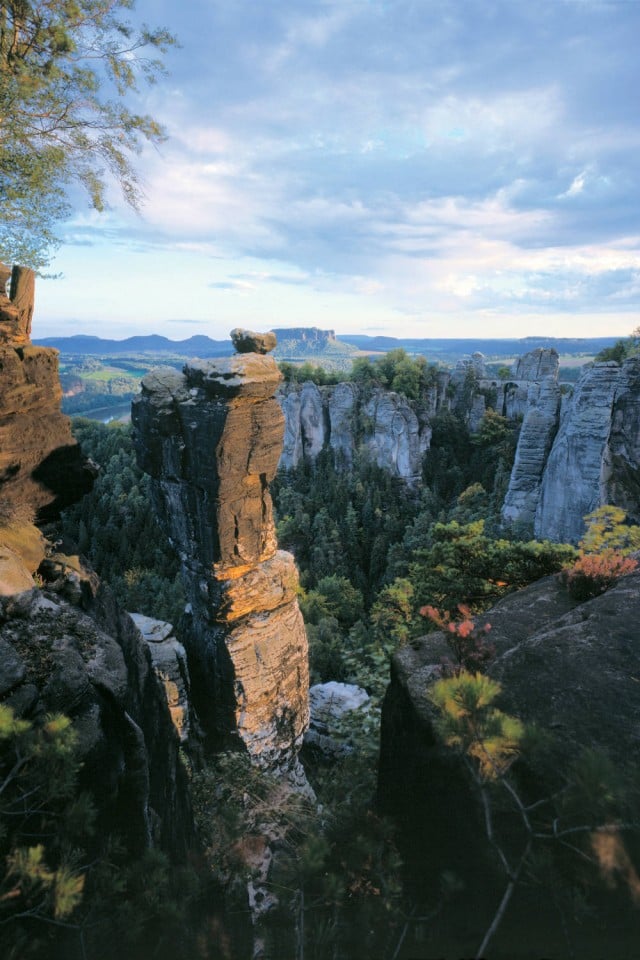 Photo: Frank Richter/Sächsische Schweiz e.V./dpa-tmn
Photo: Frank Richter/Sächsische Schweiz e.V./dpa-tmn
2. The Saalfeld Fairy Grottoes in Thuringia
These caves of former alum shale mines near Saalfeld were described in awe-inspired terms by the scientists who discovered them in 1913.
“When the light of the lamps penetrates the darkness – who dares to say a word! The Fairytale Dome stands before its discoverers with its Holy Grail Castle, awe-inspiring, sublime, illustrious in untouched purity and glory,” wrote Hermann Meyer, one of the discoverers.
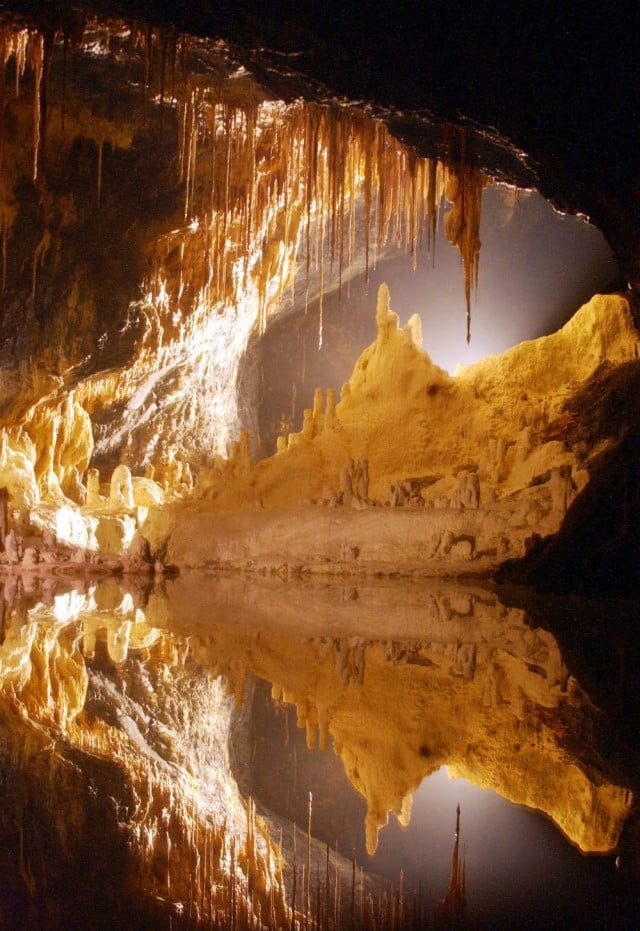 Photo: DPA
Photo: DPA
3. Abbenrode in Saxony-Anhalt
Nestled on the edge of the Harz mountain range, the village Abbenrode will offer you unparalleled glimpses over Germany's second highest mountain range.
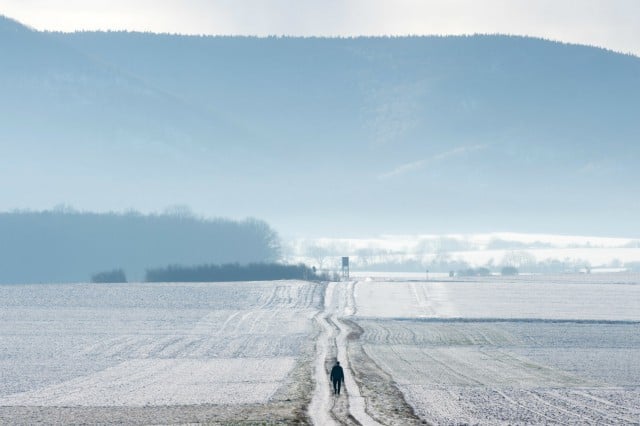 Photo: DPA
Photo: DPA
4. The Old Town of Dresden in Saxony
The Old Town of Dresden was almost completely destroyed by Allied bombing in the Second World War and was only rebuilt after the fall of communism in 1990. But the results are spectacular nonetheless.
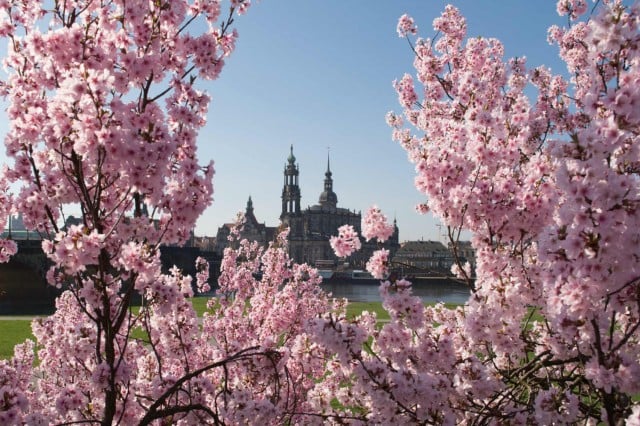 The Dresden Altstadt seen from the banks of the river Elbe. Photo: DPA
The Dresden Altstadt seen from the banks of the river Elbe. Photo: DPA
5. The white chalk cliffs of Rügen
Located in the Baltic Sea, Rügen is Germany's largest island. Besides the stunning white chalk cliffs, there are idyllic bays and white sandy beaches washed over by turquoise seas.
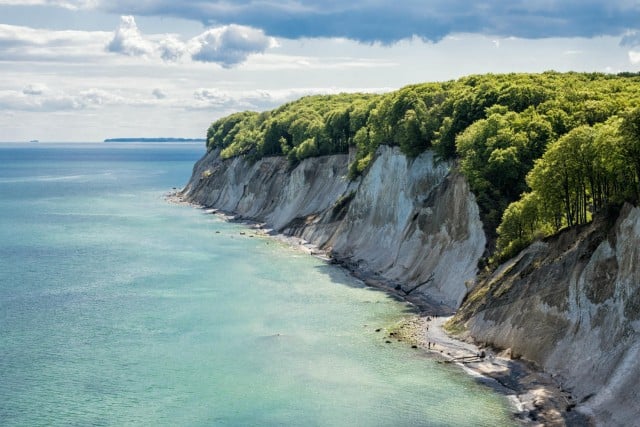 Photo: RicoK/ Depositphotos
Photo: RicoK/ Depositphotos
6. Schwerin Castle
The seat of power on Mecklenburg-Western Pomerania, Schwerin Castle is a sight to behold. Dating back to the 10th century, this beautiful structure sits on the edge of a gleaming lake.
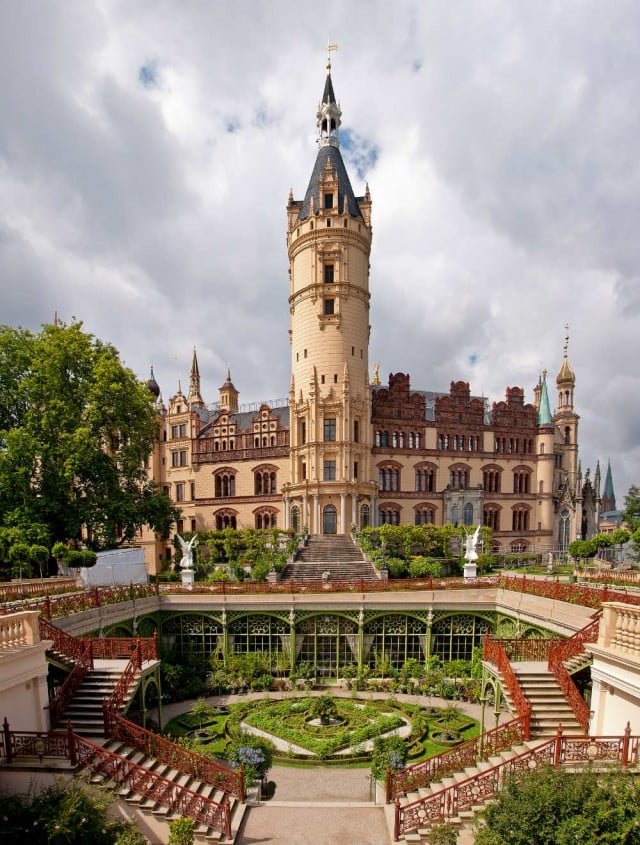 Photo: Andrelix/Depositphotos
Photo: Andrelix/Depositphotos
7. Potsdam harbour, Brandenburg
Potsdam is full of delights – from lakes to manicured parks to several palaces, the former seat of the German emperors has more sightseeing opportunities than you can shake a stick at.
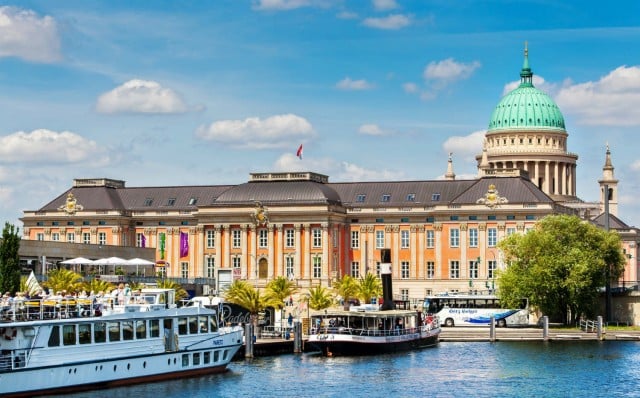 Photo: chrissi/depositphotos
Photo: chrissi/depositphotos
8. Quedlinburg, Saxony-Anhalt
This town just north of the Harz mountains is a UNESCO World Heritage sight – and it's not hard to see why. The town stands out for its remarkable Romanesque and half-timber structures.
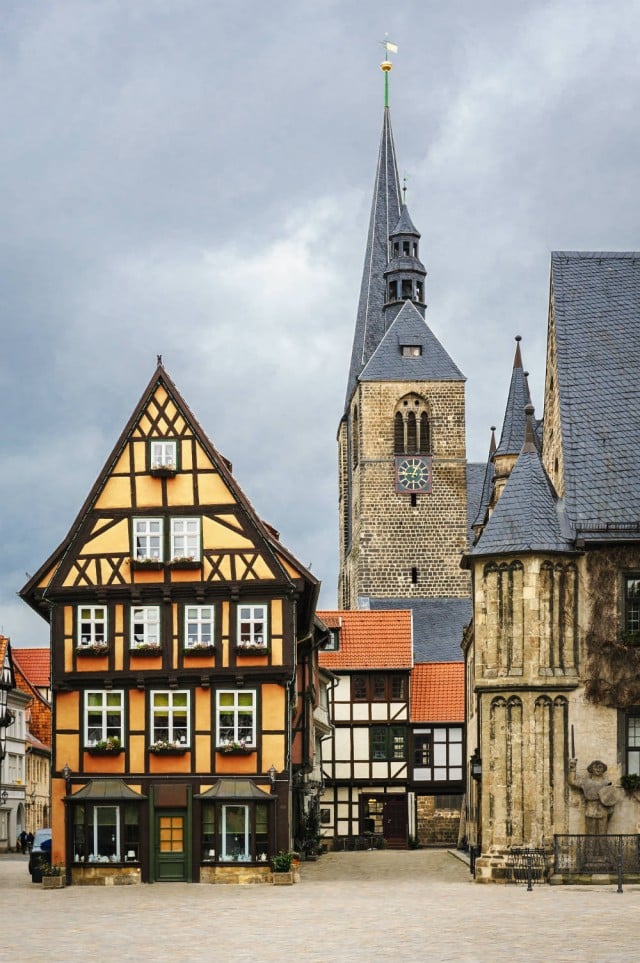 Photo: NataP/Depositphotos
Photo: NataP/Depositphotos
9. Uckermark, Brandenburg
The Uckermark is a tranquil get-away just over an hour north of Berlin. Dotted by lakes, it is the perfect escape from the bustle of the capital.
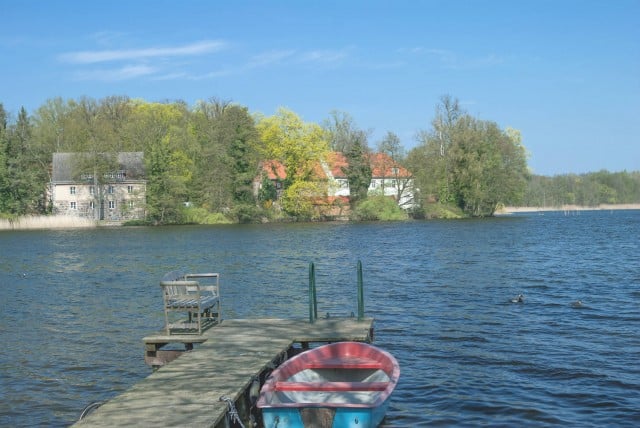 Photo: eurotravel/Depositphotos
Photo: eurotravel/Depositphotos
10. Fürst Pückler Park in Saxony
This stunning park is the largest park designed in the English style in central Europe. Partly in Saxony, partly in Poland, it is a UNESCO world heritage site centred around the gorgeous Muskau Palace.


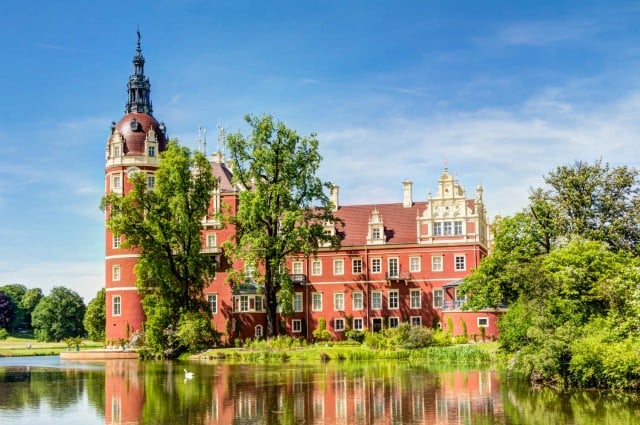 Photo:
Photo: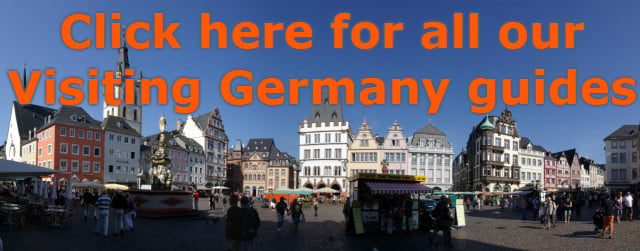

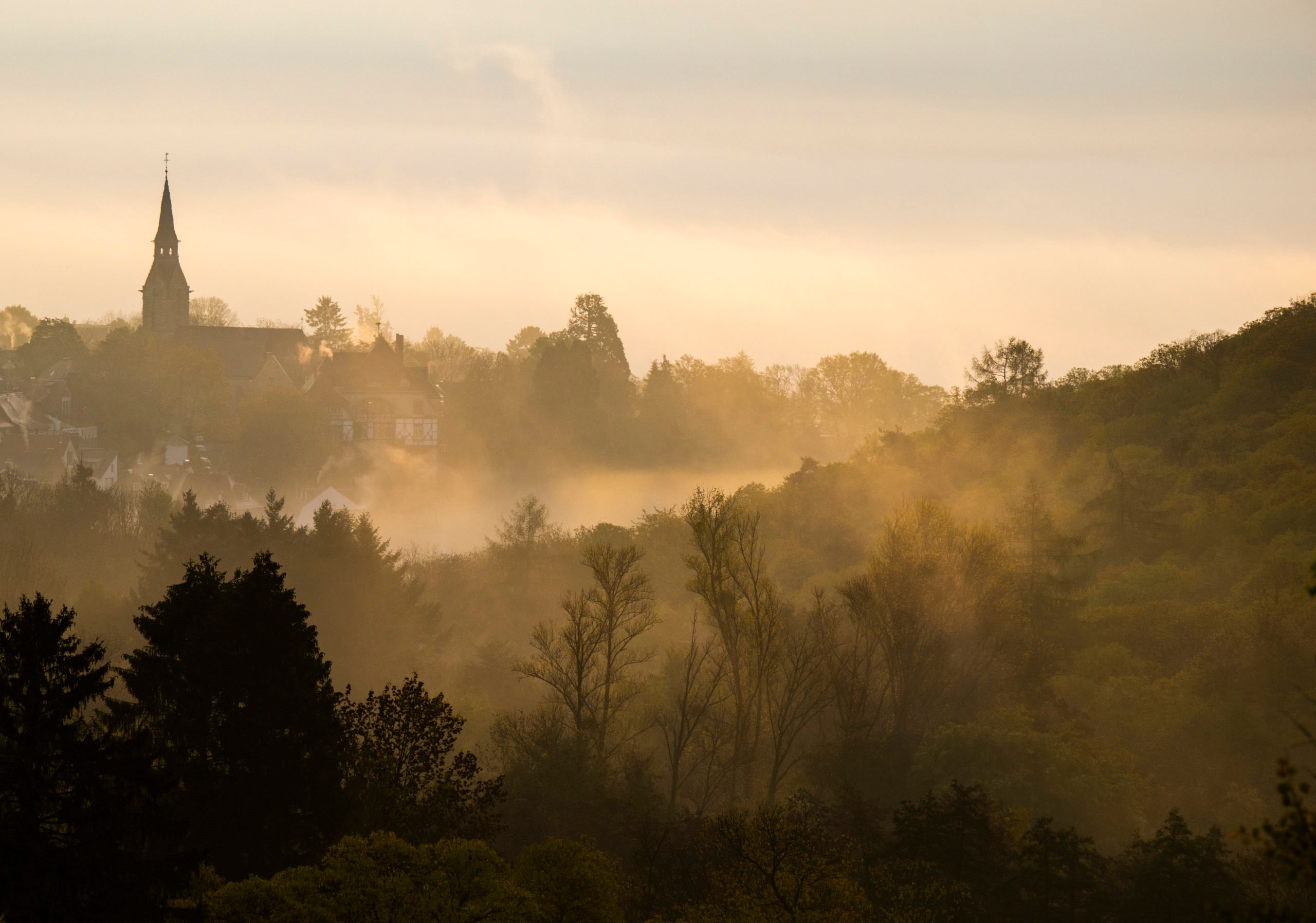
 Please whitelist us to continue reading.
Please whitelist us to continue reading.